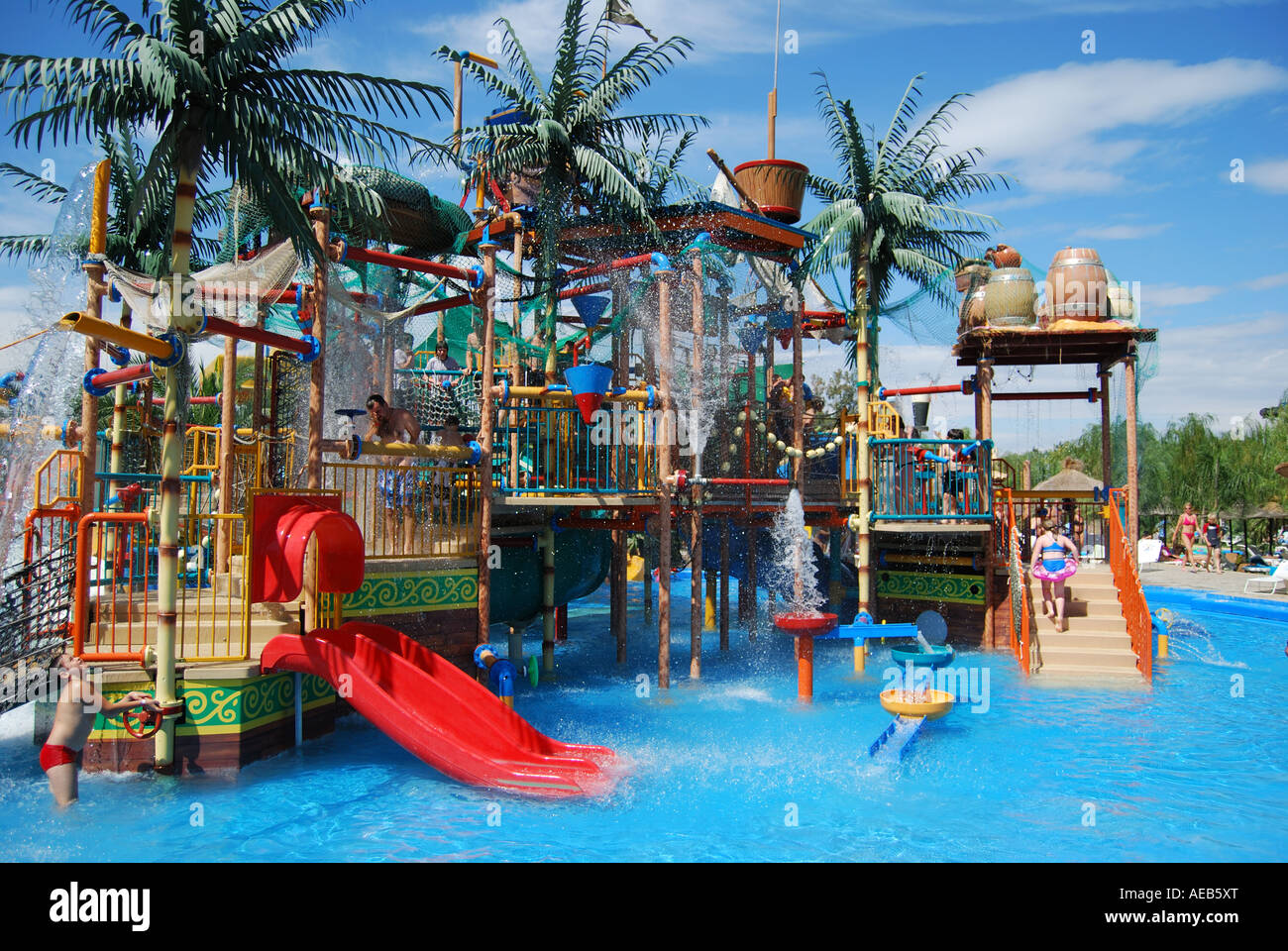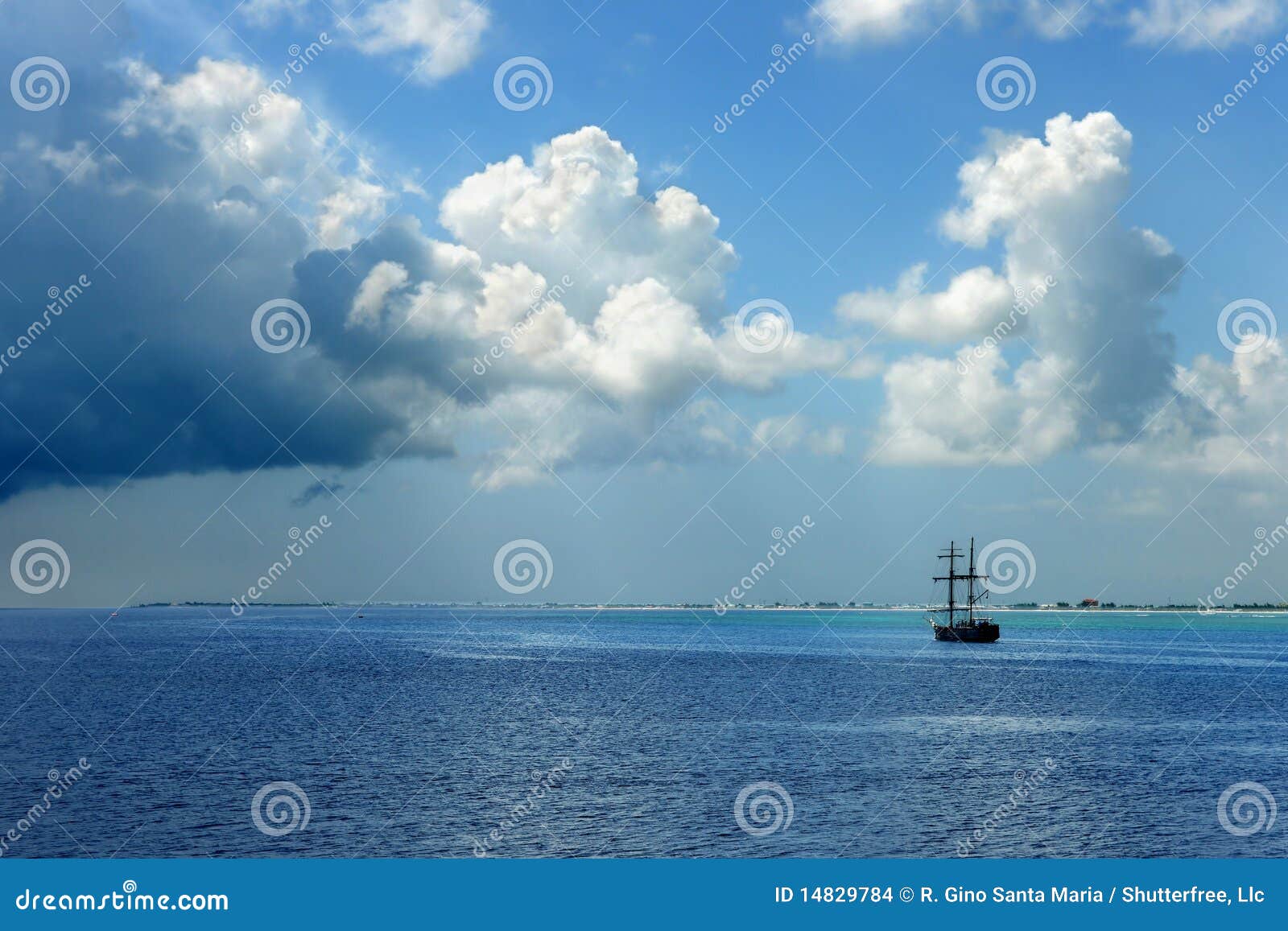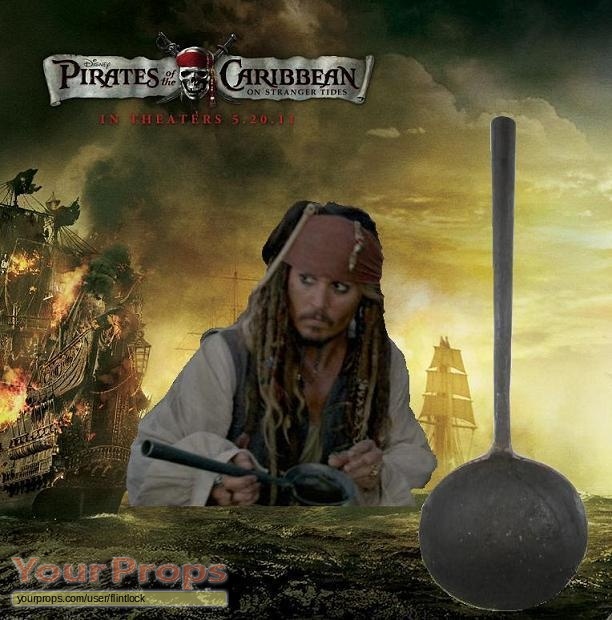
As a result, small, well-armed enclaves in Cuba and other Spanish and French colonies routinely preyed on American merchantmen. Privateering, encouraged by the warring nations, gradually descended into outright piracy. The distractions of the American Revolutionary War, the long Napoleonic Wars, and the War of 1812 left the Caribbean virtually un-policed. The small size and light draft of the freebooters' craft enabled them to hide, and to retire when chased, in shoal water out of reach of larger deep-draft naval brigs, sloops, and frigates. schooners used by the West Indian pirates were American-built of the pilot-boat model many were on the shoal-draft Norfolk design. Many of the schooners were vessels captured by the pirates, but a great many were purchased craft. all kinds of craft were fitted out for preying on unprotected merchantmen - rowboats, barges, sloops, schooners, and larger vessels when possible. According to the noted historian Howard Chapelle in The History of the American Sailing Navy (1949:321):

In terms of design, speed, and firepower, the brigs and schooners used by pirates and smugglers rivaled the best American privateers then in service. Navy was battling piracy and slavery in its own territory, in the Caribbean, and on the high seas. An incident reported on January 15, 1806, in The London Times conveys the magnitude of the problem:Ĭaptain Luckett, arrived at Alexandria from Cap Francois, says, “that three days before he saw a boat belonging to one of the British frigates cruising off there, came in, and the Purser informed him, that a brig, of 14 guns, from Goncalves, supposed to be the Owen, of Baltimore, had fallen in with two French privateers in the Caicos passage, and, after a desperate engagement, had been captured, and every person on board massacred.”Īfter 1798, the fledgling U.S.

Having departed Boston on November 27 for the Gulf of Mexico, with orders to rendezvous with the United States Navy frigate Congress and participate in anti-piracy patrols in the Caribbean Sea, Read’s mission was what we would today call a “policing action” in a lawless region. The date was two weeks before Christmas, 1816. Navy brig Chippewa which, while attempting to enter the Caicos Pass, slammed into an uncharted reef off the northwest point of “Providence or Blue Caycos” and became a total loss. Navy Ships Chippewa, and OnkahyeĪt 10 minutes past 7 whilst steering the latter course heard the Noise of breakers on the larboard beam, when the helm was ordered up but Scarcely had the order been issued when She Struck with much violence upon a rocky bottom. Navy and the Anti-Piracy Patrol in the CaribbeanĬo-principal Investigator - The Search for the Slave Ship Trouvadore and the U.S. Click image for larger view and image credit. While escorting the fleet back to the U.S., the ship ran aground on November 20 on an uncharted reef in the Florida Keys. A second battle against Cuban pirates on November 9 resulted in the rescue of several American merchant ships. In April of 1822, while Alligator patrolled the waters off Florida and along the coast of Cuba, it engaged and captured the pirate schooner Ciegna off Nuevitas, Cuba. It was one of only five schooners built for the suppression of slavery and piracy in the first quarter of the 19th century. schooner Alligator, launched in 1820, was based on a hull design by American naval architect William Doughty, the designer of the U.S. citizen on a U.S.-owned ship engaged in piracy or the slave trade will be held accountable under this law, adjudged a pirate, and “on conviction … shall suffer death.” Click image for larger view and image credit.


It also stated that any person of any nation, any U.S. The legislation explicitly spelled out that the crime of piracy and the slave trade shall be punishable by death. Congress adopted An Act to Protect the Commerce of the United States and Punish the Crime of Piracy, in May 1820. In a bold effort to end piracy and the illegal slave trade, the U.S. By the time navigators realized they had made a mistake, the prevailing easterly wind and waves made it nearly impossible to escape. This area is well known as a ship "trap" and has claimed dozens of ships over the centuries. The two long hooked reefs off Northwest Point caught the U.S.


 0 kommentar(er)
0 kommentar(er)
